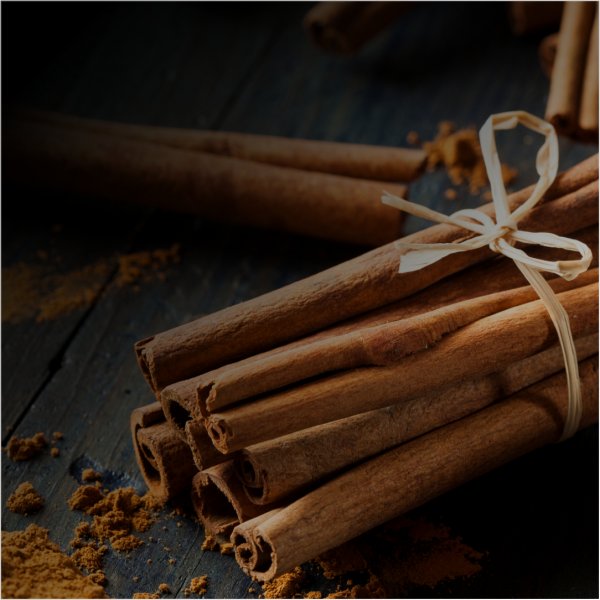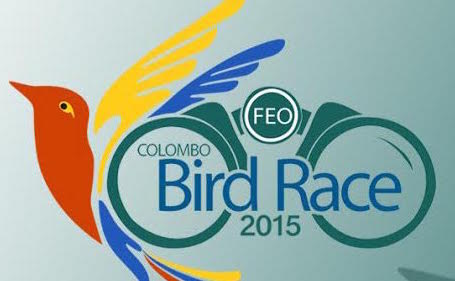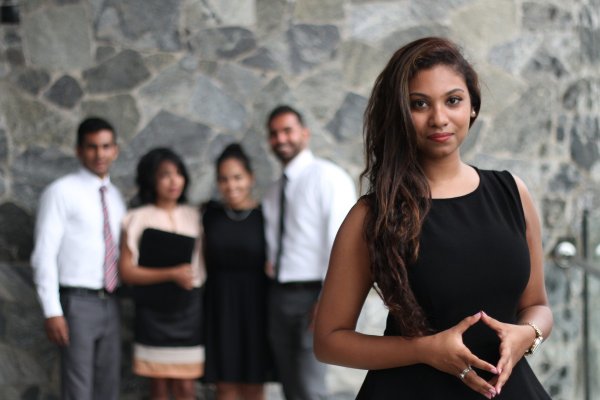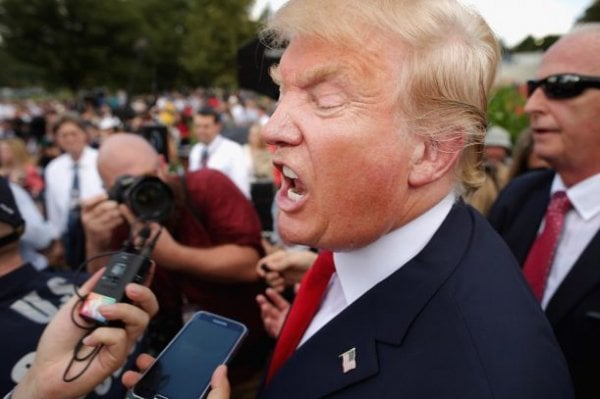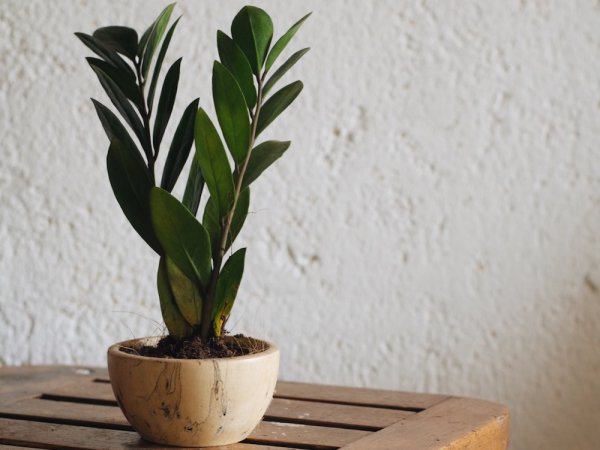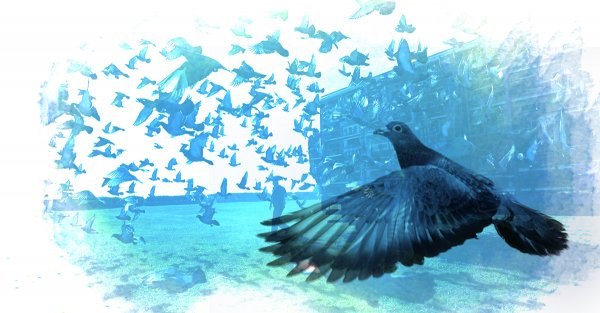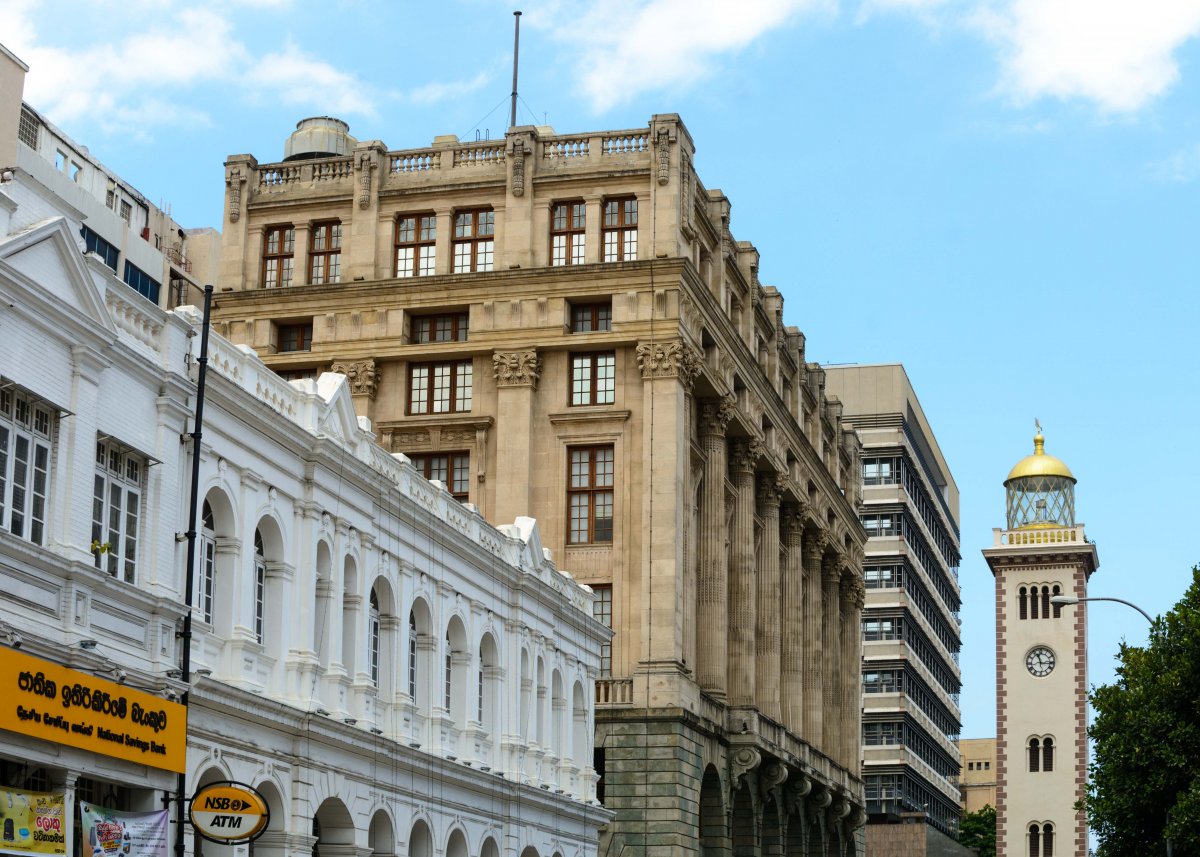
Colombo’s National Museum is definitely one of our capital city’s biggest—and oldest—landmarks, which should be visited at least once in a lifetime. This elegant structure, with its white walls and wide lawns, dates back to late 19th century Ceylon, and with its central location in Colombo 07, it is a place quite hard to miss.
The museum was the brainchild of Sir William Henry Gregory—the British Governor of Ceylon at the time—and the relevant authorities present at that time took measures to display the cultural, historical and natural heritage of the island through its different collections.
Right now, the halls within the museum house items like statues, coins, weapons, and other artefacts dating back to the pre-colonial days of the Sinhalese kingdoms and the eras of the Portuguese, the Dutch, and the British.
But the National Museum isn’t the only museum located in Colombo—a handful of lesser known museums, many whose collection of items or artefacts is based on a certain theme or area of interest, can be found in and around our bustling city.
Roar Media decided to visit a few of these lesser known museums within Colombo to see what they have on display for the public.
The Central Bank Currency Museum
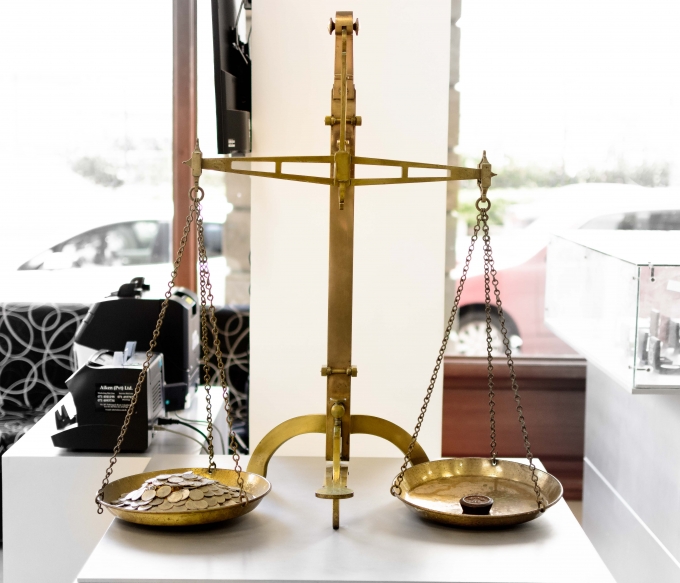
Inside the Central Bank Currency Museum on Chatham Street. Image credit Roar/Thiva Arunagirinathan
Located on Chatham Street, Colombo Fort, the Currency Museum of the Central Bank is housed within the Central Point Building, an impressive building built according to the Greco-Roman style of architecture. The interior of the building is just as fascinating as its exterior, with a circular tapering atrium that spans up several stories, marble floor tiles, and an elegant chandelier in its entrance hall.
The museum’s collection contains currency which date back to the 3rd century BC. Coins from the ancient kingdoms and empires that did trade with our island’s merchants, coins—like the ran kahawanu—which were used in the Anuradhapura and Polonnaruwa kingdoms, coins used during the Portuguese, Dutch and British eras, currency notes from the British colonial era to the modern era and commemorative coins, like those released after Sri Lanka won the ’’96 cricket world cup, are some of the notable objects on display.
Admission to this museum is free and it is open to the general public, from 9.00 am to 5.00 pm from Monday to Friday, except on public and bank holidays.
The Colombo Maritime Museum
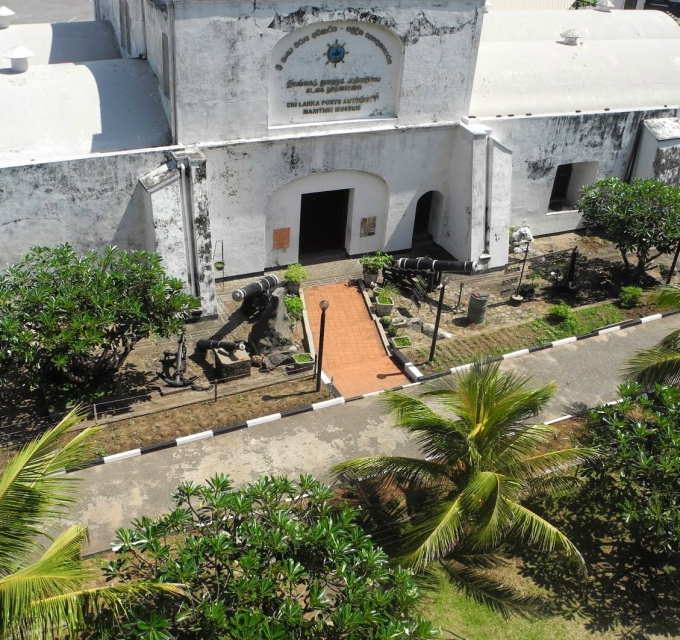
The Colombo Maritime Museum is run by the Sri Lanka Ports Authority and is situated near the Colombo Port. Image courtesy michaelroamstheworld.blogspot.com
This museum is situated on Chaithya Road, Colombo Fort, right near the entrance to the harbour. Operated and maintained by the Sri Lanka Ports Authority, the museum is actually housed in a former Dutch Prison of the 17th century—one of the oldest Dutch buildings in Colombo.
It is a small two-storeyed building, which visitors can explore for free from Monday to Friday, between 9.00 am and 4.00 pm. The entrance of the building is flanked by old-fashioned canons, and it contains several interesting sculptures, artefacts, models, paintings, maps and photographs which relate the maritime history of our island.
The largest exhibits in the museum are reimagined sculptures of King Vijaya, Sanghamitta theri, Fa-hsien, Ibn Battuta and the Portuguese, Dutch and British colonists, along with models of the ships which supposedly brought them to our shores. Large scale paintings depicting these voyages—which have shaped over two thousand years worth of our country’s history, culture and religion—can be found placed behind these displays.
Aside from these displays, a 3D map of the Colombo harbour, paintings of the Colombo port—before and after it was conquered by the European settlers—and artefacts from the harbour and the Colombo lighthouse, like old-fashioned kerosene lamps, are a part of this museum’s collection. A walk up a wooden staircase leads to the top floor of the museum, which contains old black and white photographs of the Colombo Port, taken during different periods of time.
Sadly, even though this museum is not in a decrepit state, it could use a little more maintenance as the ground floor of the building is under-lit and poorly ventilated.
The National Postal Museum
From the red post boxes, to the uniforms which were worn by the country’s postmen and the various stamps which have been issued, the history of the postal activities in the country can be seen through the beautifully curated collection of items on display at the National Postal Museum.
Black and white photos which show the different ways the post was distributed—within the country and abroad—can be found on one side on the ground floor of this museum. Another area contains an exhibit of various old phones—with the rotary dial—and telegraph machines, to showcase the evolution of communication within Sri Lanka.
The top floor of the museum contains several glass display cases, which hold stamps from the days of the British colonial era until the very recent past. A display of commemorative stamps and first day covers can also be found at one end of this section. The National Postal Museum is located within the premises of the General Post Office, on D.R. Wijewardena Mawatha in Colombo 10. It is open to the general public on weekdays between 10.00 am and 4.00 pm, and an entrance ticket is priced at rupees twenty.
The Independence Memorial Museum
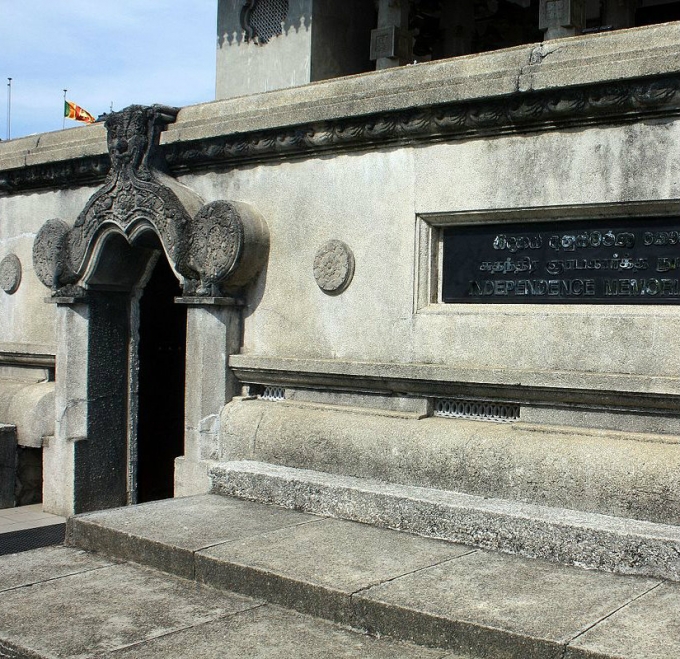
The Independence Memorial Museum is located beneath the Independence Square in Colombo 07. Image courtesy timeout.com
Not many people are aware that the basement of the Independence Memorial Monument is actually a museum. This museum gives visitors much information about the people who were at the centre of the country’s struggle for independence, like Sir Ponnambalam Ramanathan, T. B. Jayah, Anagarika Dharmapala, and Col. Henry Steel Olcott. The centre of the museum features an elegant display of busts of the 27 people who dedicated their lives towards the Independence struggle. D.S. Senanayake—the country’s first premier—has been revered with a special display containing some of his personal items, like the telephone, walking stick, letter rack and paper weight which he used.
The museum also contains display plaques which feature information about the ancient Sinhalese kingdoms, and about the art and literature of some of country’s prominent authors like Martin Wickramasinghe, Kumaratunga Munidasa, R. L. Brohier, W. A. Silva and George Keyt.
A collection of centuries old swords and ancient weapons, and a special gallery which pays homage to all the soldiers who sacrificed their lives during the thirty year civil war titled the ‘War Heroes Commemoration Gallery’ are also a part of the museum. The War Heroes Commemoration Gallery showcases a collection of palm leaf manuscripts which has the life accounts of the deceased soldiers inscribed onto them. This museum is open from 9.00 am to 4.30 pm from Tuesday to Saturday, and is closed on Monday, Sunday and public holidays.
The Bandaranaike Museum
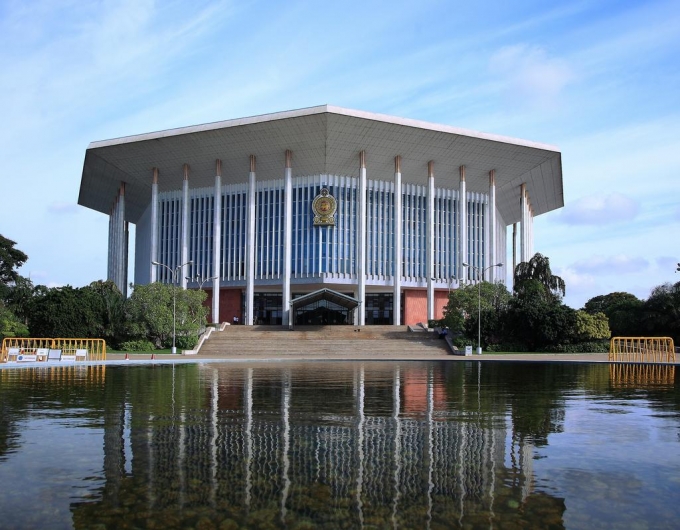
The Bandaranaike Museum is located within the premises of the BMICH. Image courtesy mygola.com
Originally commissioned in 1973, and later on expanded in 2005, the Bandaranaike Museum is located within the main hall of the BMICH, Colombo 07. It houses multiple photographs, newspaper clippings, films and audio cassettes that tell the story of the Bandaranaike’s rise to power in the country’s political sphere. It also contains many valuable documents and personal items which belonged to both Premier S.W.R.D Bandaranaike and Premier Sirimavo Bandaranaike. The museum is open from Tuesday to Saturday between 9.00 am and 4.00 pm, and an entrance ticket is priced at Rupees twenty.
The above mentioned museums are only a handful of the smaller museums situated within Colombo. Others include the Dutch Museum located on Prince Street, Colombo 11; the Customs Museum at the Department of Customs, Colombo 11; and the Gem Museum located on Ananda Coomaraswamy Mawatha, Colombo 3.
The Dutch Museum is currently being renovated, and it is unclear when the renovations will be completed. This museum houses many artefacts, like old furniture, which belonged to the Dutch Colonial Era of the country. The Customs museum, which is open only on Wednesdays between the 11 am and 12 noon, showcases various items that have been smuggled into, and out of, the country in the recent past. The gem museum on the other hand, though quite small, displays to visitors the many different types of precious and semi-precious gemstones which can be found in Sri Lanka, as well as a few varieties like emeralds, which are imported to fashion into jewellery.
If you have some free time on your hands and wish to learn more about the country, then a visit to each of these museums will be well worth your time, for they each have lots of information pertaining to the areas of interest or themes their collections have been built on.
Cover: The exterior of the Central Bank Currency Museum. Image credit Roar Media/Thiva Arunagirinathan
